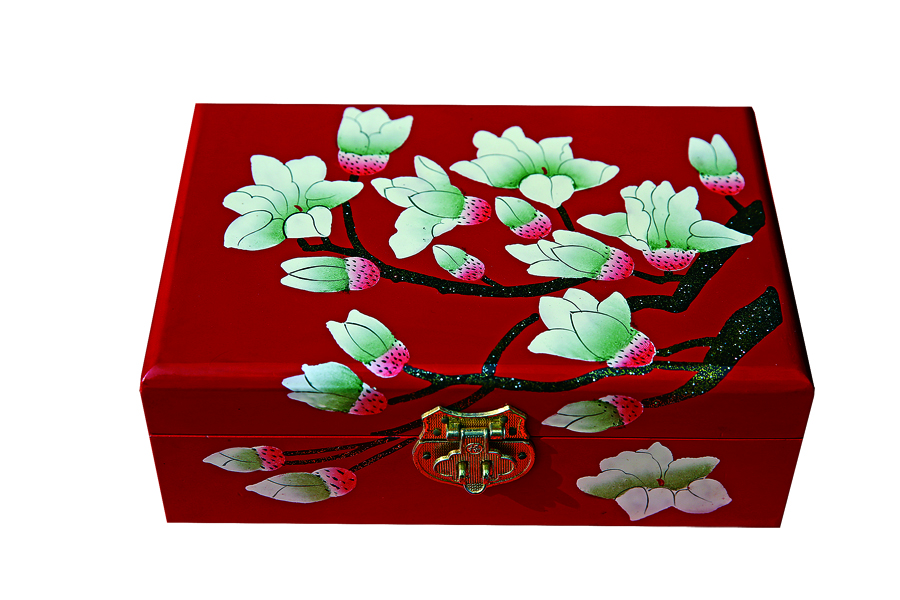

Unlike many ancient buildings in other areas, the traditional residences in Pingyao have taller outer walls and one-sided sloping roofs that tilt toward the yards. Sitting on the east of the Loess Plateau, Pingyao is windy and dry with little rainfall.
In a courtyard enclosed by houses on four sides, one-sided sloping roofs gather precious rainwater into the yard, while the four taller outer walls shield from the wind and cold. Since water is synonymous with wealth in China, traditional residential structures in Pingyao "gather both energy and wealth".
A common city in ancient times, the biggest value of Pingyao lies in that it is the only ancient walled city inhabited by ethnic Han people that was preserved in its entirety, says Li Jinsheng, 62, a former first-level inspector of the Department of Housing and Urban-Rural Development of Shanxi Province. A native of the ancient city, Li was among the experts who planned the first blueprints to preserve and restore this cultural heritage in the 1980s.
Evolving over hundreds of years, the streets of Pingyao form a pattern in the shape of the Chinese character tu (earth).